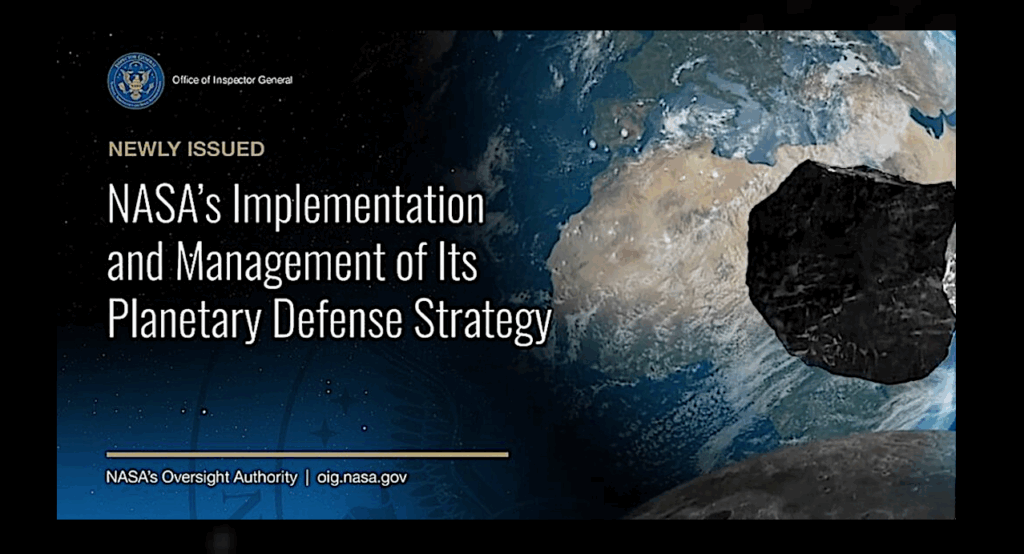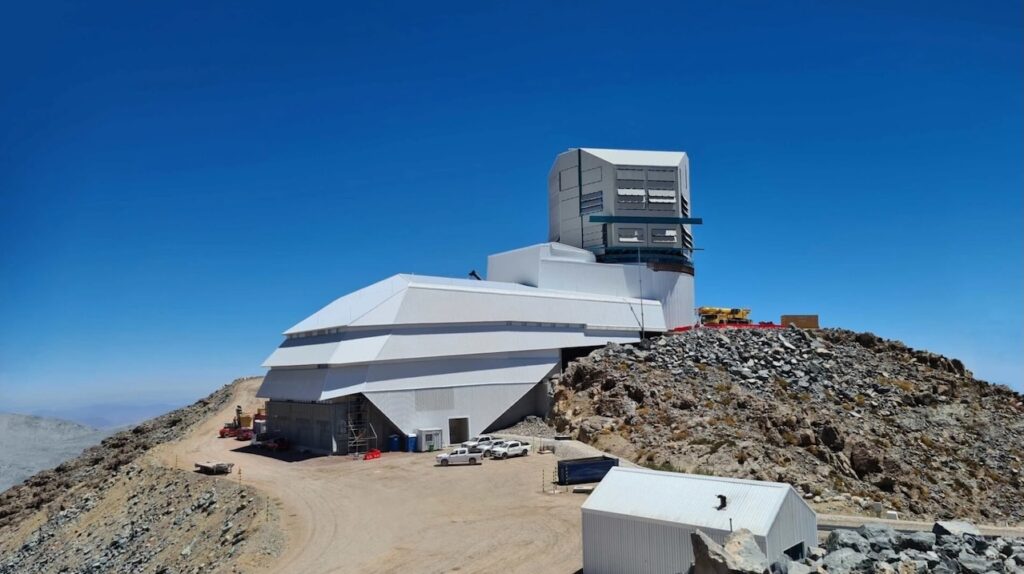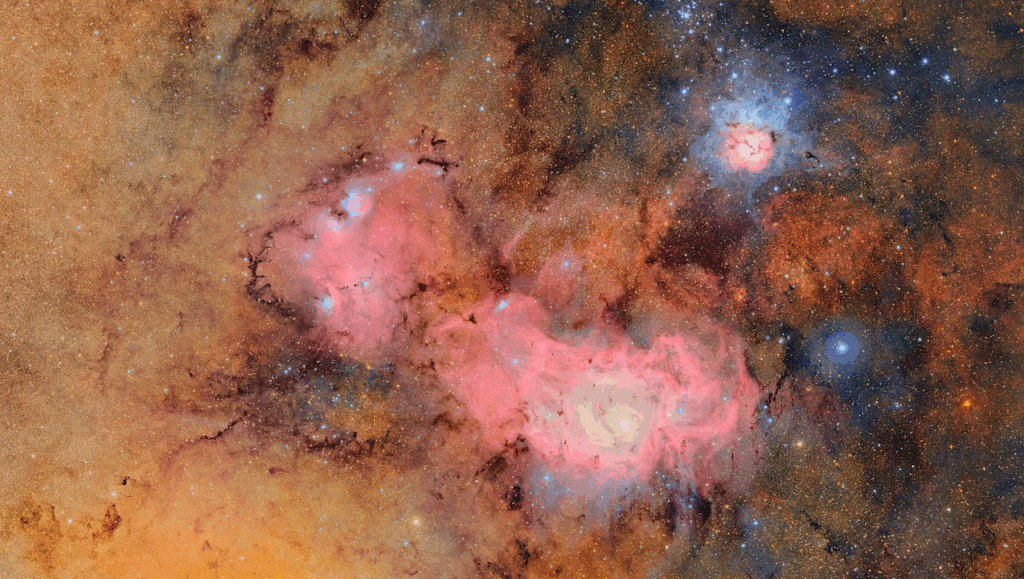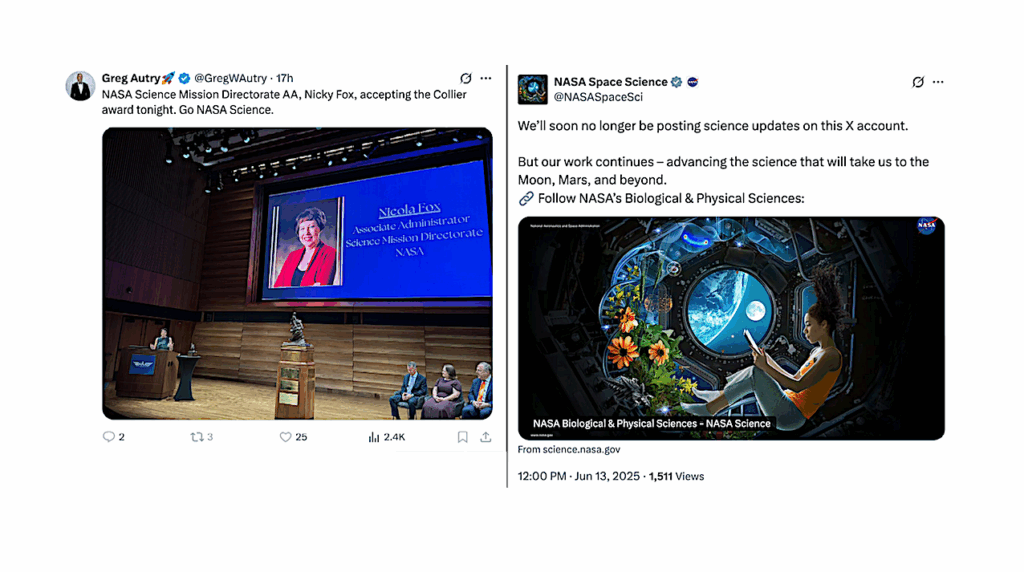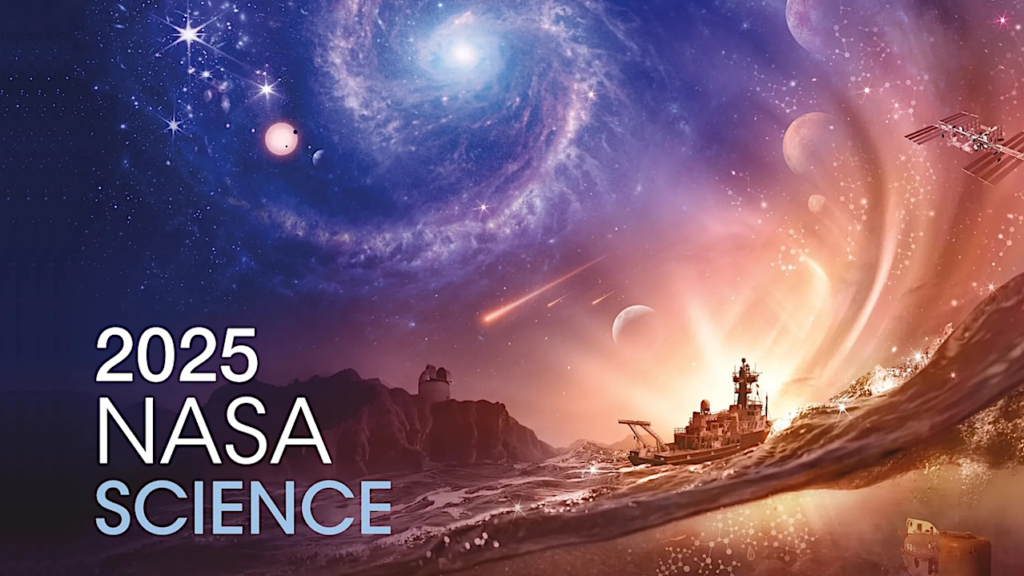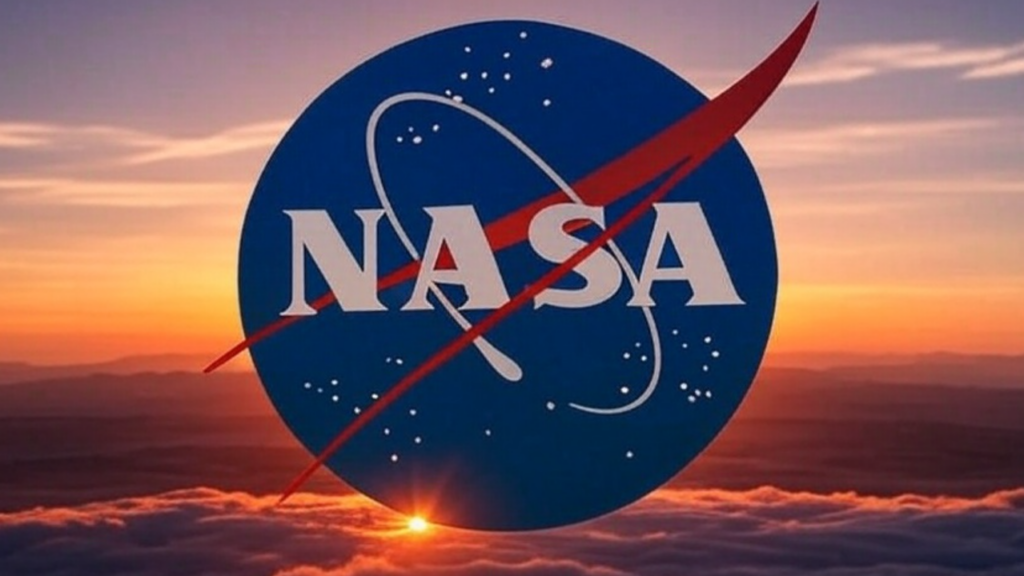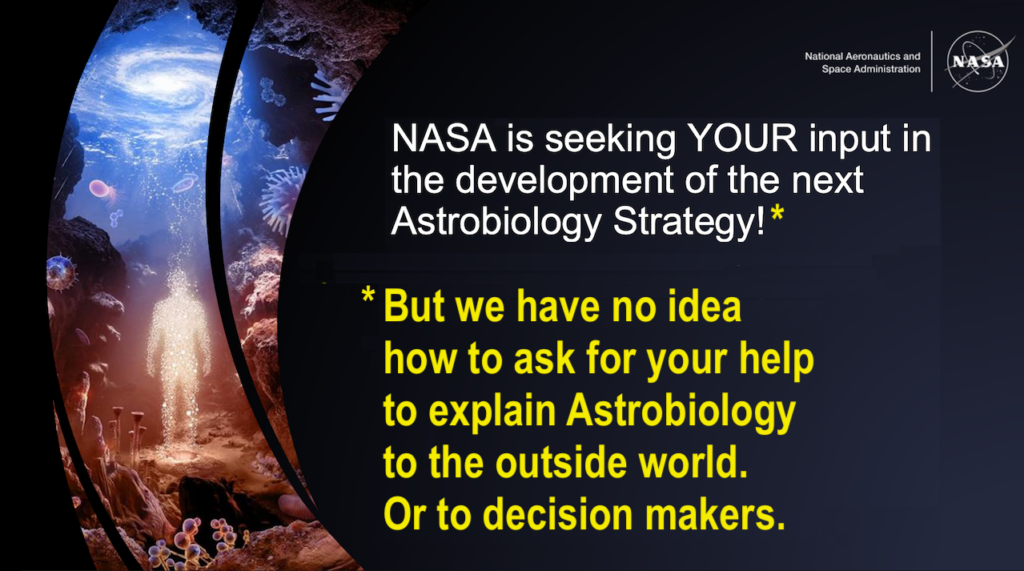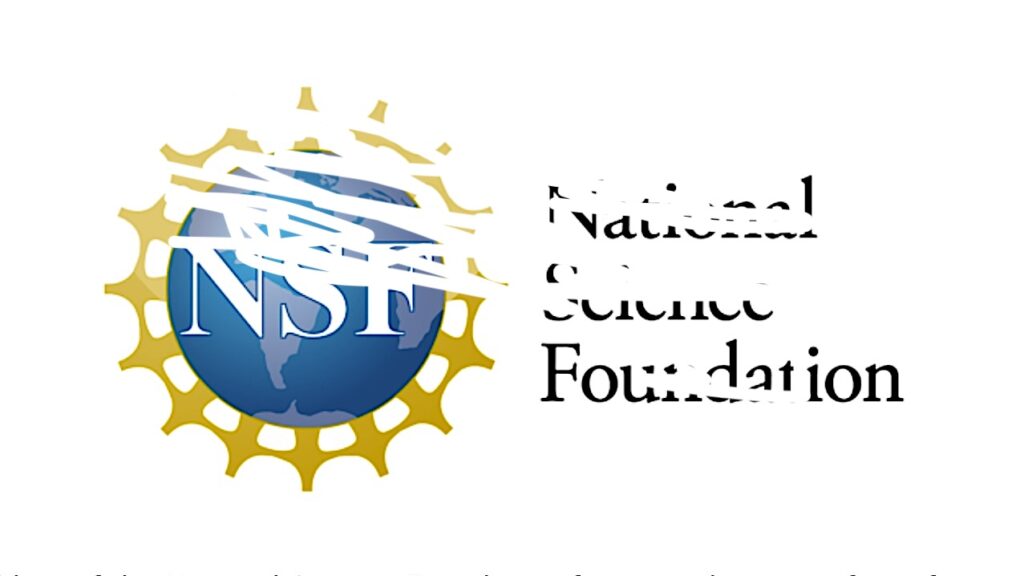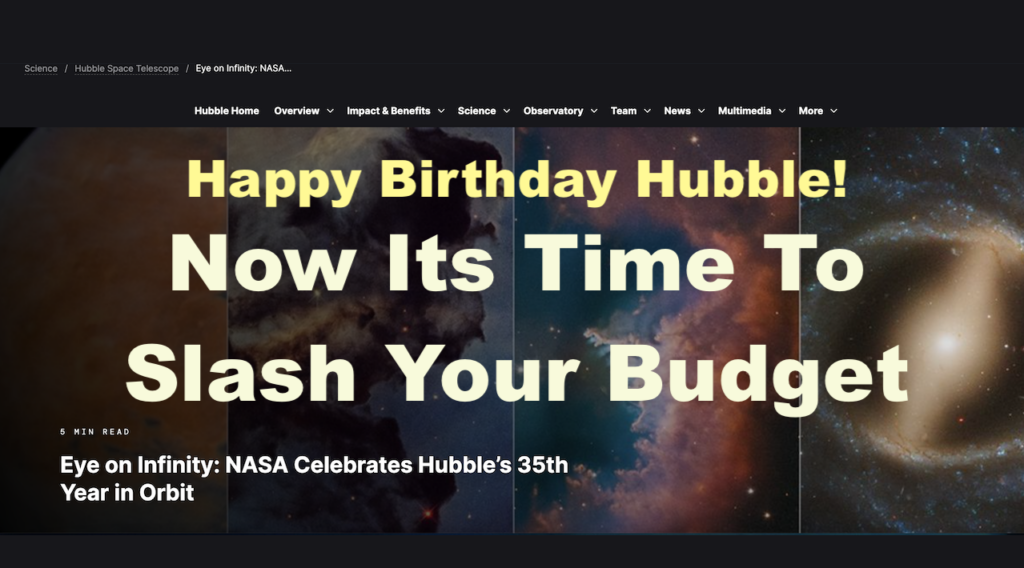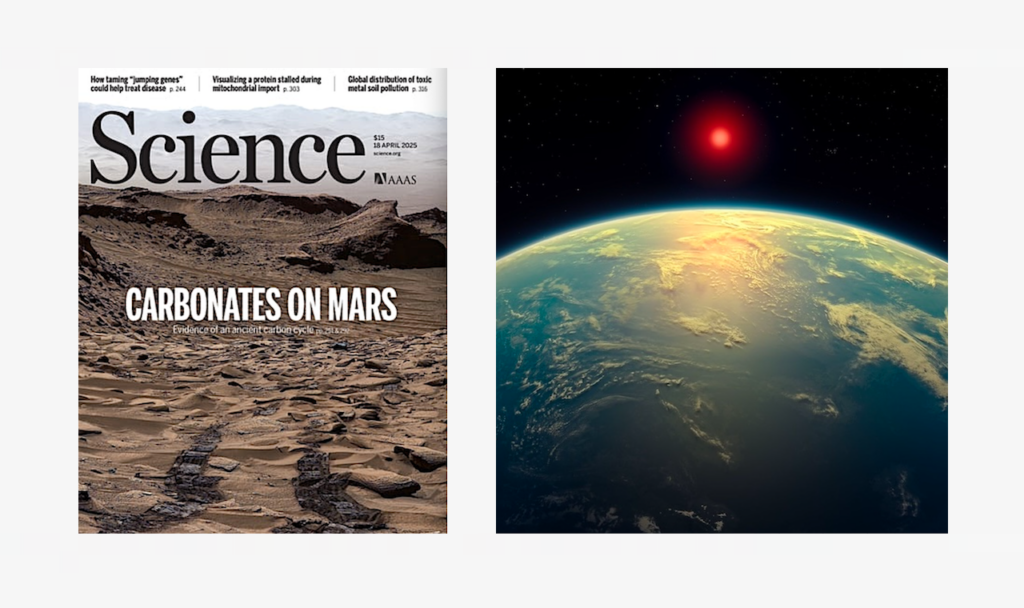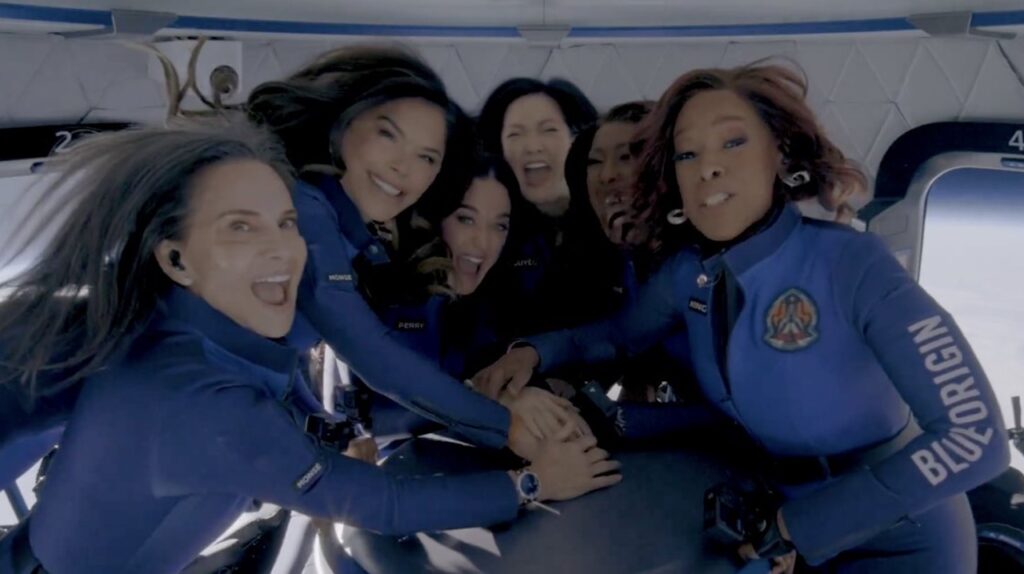Keith’s note: Those of you in the space community know that NASA Science is facing an immense budget cut. Dozens of missions have been cancelled and many missions that are still returning valuable data are being shut off – in many cases to save a few million dollars – a tiny fraction of what it took to mount the missions in the first place. This data will be lost. In the case of New Horizons which is currently traversing the outer solar system, NASA is going to knowingly forfeit a third interstellar mission (after the twin Voyagers). This latest interstellar mission would be done with a healthy spacecraft outfitted with 21st century instrumentation. The Voyagers are minimally functional and will soon fade all together. We could continue to expand America’s pre-eminent exploration of interstellar space until the middle of this century. And that lead will last unchallenged for a generation or more to come. As I noted last month “This is not the way for America to lead the way out into the cosmos. Hopefully Congress will wake up and notice. Let’s ‘Keep America Great In Space’ — not abandon our lead.” More: Stellar Cartography: A Demonstration Of Interstellar Navigation Using New Horizons.
(more…)Keith’s note: NASA has a Planetary Defense Program. They want to find asteroids that might pose a risk before they pose a threat. The other day the Vera Rubin Observatory released imagery of a variety of objects including 2,104 previously unknown asteroids discovered in just a few hours by this new instrument. NASA has ignored the Rubin observatory’s debut altogether while the rest of the world stopped to pay attention. This new NASA OIG report NASA’s Implementation and Management of Its Planetary Defense Strategy mentions Rubin as an option but does not ding the Planetary Defense Program for ignoring Rubin. Why is that? More below.
(more…)Keith’s note: according to this NSF press release “From distant stars and galaxies to asteroids whizzing through the solar system, this next-generation facility unveils its first imagery and brings the night sky to life like never before.” This amazing instrument will be used by NASA astronomers as well as people around the world. Yet another example of American leadership in space science and technology. But does NASA.gov mention it? No. @NASA? No. OSTP director Kratsios was at the event today and made comments about the importance of science and technology while OSTP simultaneously endorses cuts across the Federal government. He also referred to this as an “all of government” instrument. Yet NASA seems to be ignoring it. WTF NASA OCOMM?
(more…)Keith’s note: Last night NASA SMD AA Nicky Fox was presented with the Collier Award for NASA’s Parker Solar Probe – an astonishing mission that has literally touched the sun. NASA Comptroller nominee Greg Autry congratulated her with a tweet adding “Go NASA Science”. This morning the @NASASpaceSci Twitter account announced that it was being shut down and swallowed into a larger effort somewhere at NASA. Yet another example of how the NASA FY 2026 budget and other Administration Executive Orders and memos have moved to gut NASA’s science budget, cancel missions, eliminate external research grants, stiff other space agencies with international agreements, and cut personnel. Weirdly, (soon to be) Administration personnel like Autry try to laud NASA science. Some political staff at NASA even try to take credit for missions started and launched by other presidents. Alas, Autry will preside over the cancellation of all these science activities and he’ll write glowing tweets about what he cut. It’s now all Flags and Footprints. Science is a buzz word used as hashtag windowdressing in social media. If Greg Autry wants to cheer on Science at NASA then he’ll need to support it too after he arrives.
(more…)Keith’s note: Thomas Zurbuchen was the longest serving Associate Administrator of the NASA Space Science Directorate. In this interview with Kristin Fisher, Zurbuchen warns that the proposed budget would send parts of NASA’s science portfolio “out of business,” undermine American leadership in space science, and risk a mass exodus of talent from NASA’s ranks. Link. Video below.
(more…)Keith’s note: NASA’s Planetary Science Analysis/Assessment Groups have issued a document dated 6 May 2025, titled “AGness”. According to the authors (which has been annotated to enhance clarity, original document below), addressing members of the planetary science community: “The linked document below, The Keys of AGness, is a product of the collective Planetary Analysis and Assessment Groups (AGs), presented by their Chairs and vetted through their respective Steering/Executive Committees, and with community feedback. It captures what the community sees as the key pillars and important role of the AGs in the advancement of planetary science now and as we move into the future. The intended audience is multifold and includes NASA leadership, who are in the process of re-imagining the AG structure and support mechanism, and the broader planetary science community as a general reference and reminder of the forums, community building, support, repositories, and voice that the AGs provide.”
(more…)Keith’s note: the following open letter has been issued regarding budget cuts at NASA, signed by representatives of all of the agency’s advisory groups. “To members of the planetary science community: Given the considerable uncertainty about the future NASA Science budget, the Chairs of the Analysis/Assessment groups (AGs) linked to the Planetary Science Division (PSD) want to reiterate for our communities the incredibly positive impact of science at NASA and crucial role it plays in our society, including:
(more…)Keith’s 13 May update: someone at NASA fixed the calendar page at astrobiology.nasa.gov. Nothing else was changed. FWIW the NASA search engine still does not know where that website is. Keith’s 10 May note: We’re all concerned about things going offline, cancelled etc. While we only have the “skinny” budget from OMB, it is obvious that big cuts are coming to NASA space science. You’d think that NASA Science Mission Directorate (SMD) disciplines would be standing up to show their stuff – their value – as a hedge against possible cuts. Some are. Others are not. Indeed NASA seems utterly uninterested in telling you that it is spending billions of dollars on Astrobiology research and missions. Next to searching for the origin of the universe, searching for life elsewhere in the cosmos is one of the most profound things NASA does. If only NASA would act that way.
(more…)Keith’s note: The current Administration’s erasure of science across various government agencies is being dialed up. NOAA has been hit. Now NSF is getting whacked. And you should know NASA is not going to escape. According to this AAAS/Science article: NSF faces radical shake-up as officials abolish its 37 divisions: “The National Science Foundation (NSF), already battered by White House directives and staff reductions, is plunging into deeper turmoil. According to sources who requested anonymity for fear of retribution, staff were told today that the agency’s 37 divisions—across all eight NSF directorates—are being abolished and the number of programs within those divisions will be drastically reduced. The current directors and deputy directors will lose their titles and might be reassigned to other positions at the agency or elsewhere in the federal government.” House Science Committee Democrats are weighing in on NSF issues as well: (below)
(more…)Keith’s note: NASA and ESA are celebrating Hubble’s 35th birthday today. But the next 5 birthdays will be sad. According to space science community sources the pending budget from OMB orders NASA to start shutting Hubble off ASAP with a 20% budget cut in the next year’s budget with a zeroed budget after 5 years (2030). Grant money will evaporate. ACS, WFC3 IR channel, STIS CCD, will be turned off. Instrument scientists, software developers and flight controllers will be laid off. Oh well. Its been fun Hubble. Oh yes: NASA Roman is toast too. Lots of people would like to weigh in on this and other science cuts but they cannot. For now.
(more…)Keith’s note: according to NSF director to resign amid grant terminations, job cuts, and controversy at Science: “Although Panchanathan, known as Panch, didn’t give a reason for his sudden departure, orders from the White House to accept a 55% cut to the agency’s $9 billion budget next year and fire half its 1700-person staff may have been the final straws in a series of directives Panchanathan felt he could no longer obey. “He was trying so hard to present the agency in a positive light,” says one knowledgeable source who asked to remain anonymous because of the sensitivity of their position. “But at the same time, Panch knew that he was alienating himself from the scientific community by being tone deaf to their growing concerns about the fate of the agency we all love.”
(more…)Keith’s note: now that budget cuts and layoffs are approaching, government science agencies are starting to come up with the public-facing rationale for these draconian cuts. Mostly, it is word salad that often smells like Chatbot babbling and wonky talking points which drive home the same points again and again and again. In addition, NSF no longer seems to be interested in assuring the validity of scientific information used by decision makers and the general public. You can expect to see stuff like this coming out of NASA soon. Oh yes: The globe in the NSF logo is surrounded by people holding hands. The people icons are painted in shades of brown-gold, from light at the top to dark at the bottom. Sounds like diversity to me. Let’s see if they change this. Here is Statement of NSF priorities posted on 18 April. Excerpts – plus a response from House Science Committee Democrats : (below)
(more…)Keith’s 18 April later update: NASA PAO finally started to post updates 24-36 hours after the rest of the world was reading about these discoveries everywhere except at NASA. Keith’s 17 April note: Two big Astrobiology/Space Science stories came out today based on NASA missions: JWST observations reveal possible exoplanet biosignatures (all over the news globally). Curiosity rover makes the cover of Science Magazine for carbonate discoveries on Mars. No mention of either is made at NASA.gov, astrobiology.nasa.gov, @NASA, @NASAAstroBio, or @NASASpaceSci. Everyone is worried about possible science cuts at NASA yet Public Affairs is utterly incapable of putting its own good news out for policy makers to see and consider. Baffling. Keith’s 18 April update: someone added a link about the Mars story to the NASA.gov page – but NASA Science Mission Directorate has not said anything about JWST biosignatures or Mars carbonates.
(more…)Keith’s note: I was just on Bloomberg Radio/YouTube talking about the recent (possible) biosignature news of exoplanet K2-18 b and Astrobiology, while back on Earth, NASA’s budget cuts loom and how soon-to-be NASA-administrator Jared Isaacman is going to have to figure this all out. [Audio]
(more…)Keith’s note: Yesterday 6 people on the Blue Origin NS-31 flight crossed the Kármán line and entered “space”. More people – some of prominence – now speak of the value of – and the awe encountered in – space. Alas, lots of space folks on social media say that they’re not “astronauts”. I wonder how many space fans would change their mind if they had a chance to do the same thing. Just sayin’. FWIW soon-to-be NASA Administrator Jared Isaacman (an astronaut) said this from a more lofty perspective:
Keith’s note: NASA has led space science and “Made America Great In Space” for more than half a century. Let’s not let that science leadership fade. Let’s expand it further. NASA has led the way by:
- touching the sun
- visiting every planet in our solar system
- sending humans to walk on another world
- doing the first offworld search for life
- moving an asteroid
- finding water on the Moon and Mars
- discovering oceans inside icy moons
- sailing across interstellar space
- peering back to the dawn of the universe
- developing a global brand that all nations aspire to
Keith’s note: Space Science Week 2025 – March 31-April 4, 2025 “is the joint meeting of the Space Studies Board of the U.S. National Academies discipline committees in collaboration with the Aeronautics and Space Engineering Board and Board on Physics and Astronomy.” The 1 April plenary webcast is open to anyone. According to the agenda Janet Petro is speaking at 9:20 am EDT.
(more…)Keith’s note: According to “Update to NASA Science Advisory Committees”: “On February 19, 2025, the President issued Executive Order 14217, Commencing the Reduction of the Federal Bureaucracy, which sets forth the Administration’s policy of reducing the size of the Federal government in order to minimize waste and abuse, reduce inflation and promote American freedom and innovation. This Executive Order directed the termination of several Federal advisory committees across the government and ordered the identification of additional unnecessary Federal advisory committees for termination.
(more…)


